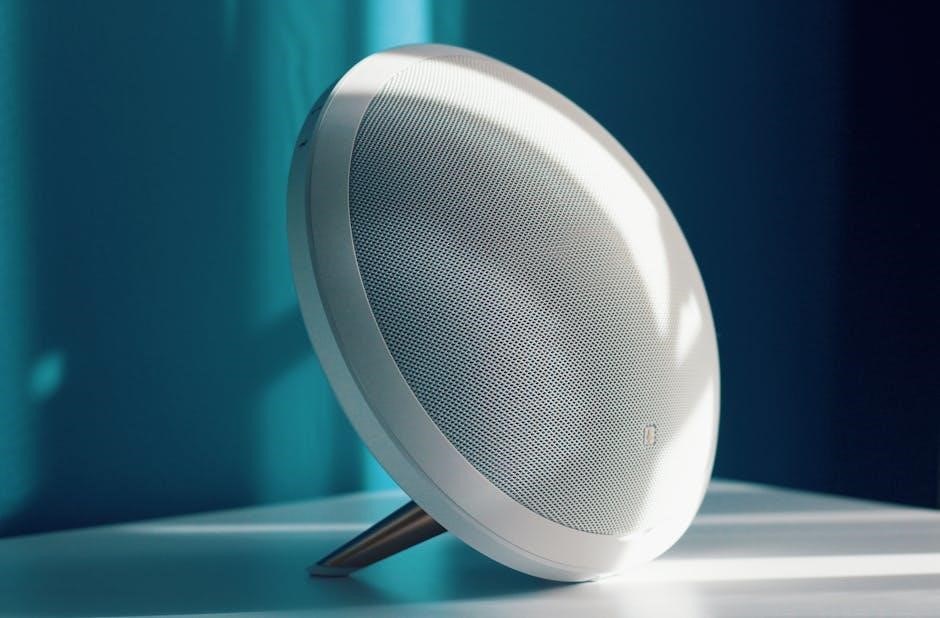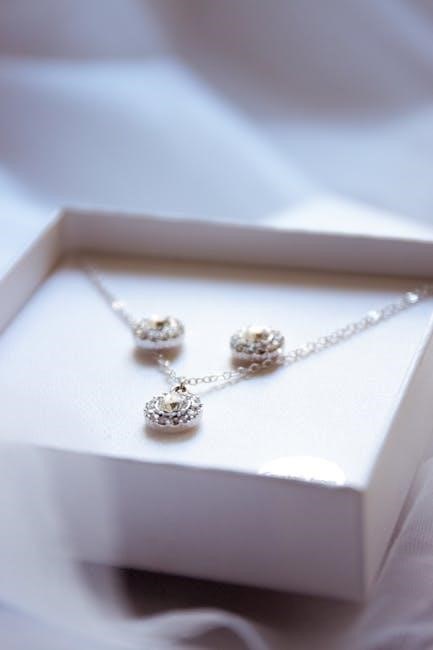Manual sliding wooden gates are a popular choice for homeowners seeking a blend of security, aesthetic appeal, and durability. They offer a classic look while providing easy access and functionality.
Overview of Manual Sliding Wooden Gates
Manual sliding wooden gates are a practical and stylish solution for residential and commercial properties. They operate on a track system, allowing smooth movement without the need for electricity. Crafted from durable wood species like cedar or pine, these gates offer natural beauty and longevity. Available in various designs, from modern to traditional, they can be customized to match property aesthetics. Their robust construction ensures security and stability, making them a popular choice for homeowners seeking both functionality and visual appeal. Regular maintenance ensures optimal performance and extended lifespan.
Why Choose Manual Sliding Wooden Gates?
Manual sliding wooden gates are an excellent choice due to their timeless charm, durability, and ease of use. Unlike automated gates, they don’t require electricity, reducing maintenance and energy costs. Their wooden construction offers natural insulation and a classic aesthetic that enhances curb appeal. Additionally, manual operation ensures quiet functionality and reliability. With various customization options, these gates can be tailored to fit any property style, making them both practical and visually appealing. They are a cost-effective solution for homeowners seeking a balance of style and functionality.
Benefits of Manual Sliding Wooden Gates
Manual sliding wooden gates offer aesthetic appeal, durability, and cost-effectiveness. They provide enhanced security, low maintenance, and a timeless design that boosts property value and curb appeal naturally.
Aesthetic Appeal and Design Flexibility
Manual sliding wooden gates are renowned for their timeless beauty and versatility in design. They can be crafted from various types of wood, such as cedar, oak, or pine, and finished with stains or paints to complement any architectural style. Homeowners can customize the gates with intricate carvings, unique panel designs, or decorative hardware to enhance curb appeal. Their natural charm and ability to blend seamlessly with both modern and traditional settings make them a stylish choice for driveways and entrances. This design flexibility ensures they suit diverse tastes and property styles.

Durability and Longevity
Manual sliding wooden gates are built to withstand the test of time, offering exceptional durability and longevity. Constructed from high-quality wood, they are resistant to wear and tear, requiring minimal maintenance. With proper care, such as regular staining and sealing, these gates can endure harsh weather conditions and last for decades. Their sturdy structure ensures reliability, making them a practical and long-lasting addition to any property. This durability makes manual sliding wooden gates a worthwhile investment for homeowners seeking a lasting solution.
Cost-Effectiveness
Manual sliding wooden gates are a cost-effective option for homeowners, offering both functionality and affordability. Unlike automated gates, they do not require expensive electrical components, reducing initial installation costs. Wood is generally more budget-friendly than metal, and the gates can be constructed using a variety of timber types to suit different price points. Additionally, their low maintenance requirements further reduce long-term expenses. This makes manual sliding wooden gates a practical and economical choice for enhancing security and curb appeal without breaking the bank.

Materials and Construction of Manual Sliding Wooden Gates
Manual sliding wooden gates are crafted from durable timber, such as cedar, pine, or oak, ensuring strength and longevity. The construction involves sturdy frames, rails, and hardware components like tracks and rollers, designed to support smooth operation and withstand outdoor conditions.
Types of Wood Used
Manual sliding wooden gates are typically constructed from high-quality, durable wood species such as cedar, pine, teak, and cypress. Cedar is prized for its natural resistance to rot and insects, making it ideal for outdoor use. Pine is a cost-effective option offering a rustic charm, while teak is renowned for its exceptional durability and ability to withstand harsh weather conditions. Cypress is another popular choice, known for its lightweight yet robust structure and resistance to moisture. Each type of wood offers unique benefits, ensuring a gate that is both functional and visually appealing.
Hardware and Components
The hardware used in manual sliding wooden gates is crucial for smooth operation and durability. Key components include sturdy hinges, rollers, and a sliding track system. High-quality steel or galvanized hardware is preferred to resist corrosion and withstand heavy use. Additionally, components like handles, latches, and locking mechanisms are essential for security and ease of access. Properly selected hardware ensures the gate functions seamlessly, while also enhancing its overall longevity and performance. Customization options allow homeowners to choose hardware that complements their gate’s design and security needs.
Installation and Maintenance
Proper installation ensures smooth operation and longevity of manual sliding wooden gates. Regular maintenance, including lubrication and inspections, keeps them functioning optimally over time.
Step-by-Step Installation Guide
Installing manual sliding wooden gates involves several key steps. First, prepare the site by leveling the ground and marking the track area. Next, assemble the gate frame and attach the rollers to the top. Secure the posts firmly into the ground, ensuring they are aligned with the track. Mount the track system and hang the gate, adjusting the rollers for smooth movement. Install handles and locking mechanisms, then test the gate to ensure proper function. Finally, tighten all hardware and make any necessary adjustments for optimal performance.
Maintenance Tips for Longevity
Regularly inspect the gate for signs of wear or damage. Lubricate hinges and rollers to ensure smooth operation. Seal the wood annually to protect it from weathering. Tighten all bolts and screws periodically to maintain stability. Clean the track and rollers to prevent debris buildup. Apply a wood preservative to prevent rot and insect damage. Inspect and replace worn-out hardware promptly. By following these tips, you can extend the lifespan of your manual sliding wooden gate and keep it functioning efficiently for years to come.

Security Features of Manual Sliding Wooden Gates
Manual sliding wooden gates enhance home security with robust construction and customizable locking systems, providing a strong barrier against unauthorized access while maintaining aesthetic appeal.
Locking Mechanisms
Manual sliding wooden gates often feature sturdy locking mechanisms, such as slide bolts, latches, or padlocks, ensuring secure closure. These systems can be reinforced with metal frames or bars for added strength. For enhanced security, some gates incorporate electronic locks or keyless entry systems, offering convenience and modern functionality. Customizable locking solutions allow homeowners to tailor security levels to their needs, providing peace of mind and protecting property effectively. These mechanisms are durable and designed to withstand tampering, making manual sliding wooden gates a reliable choice for home security.
Reinforcement Options
Manual sliding wooden gates can be reinforced with metal frames or steel supports for added durability. Wooden slats can be treated to resist rot and pests, enhancing longevity. Additional layers, such as metal mesh, can provide extra security without compromising the gate’s aesthetic appeal. Decorative metalwork can also add strength and style. These reinforcement options ensure the gate remains sturdy and secure, catering to various security needs and budget preferences. This makes manual sliding wooden gates a practical and reliable choice for homeowners seeking both style and security.
Design Options and Customization
Manual sliding wooden gates offer extensive customization, allowing homeowners to choose from various wood types, finishes, and sizes to match their property’s unique style and preferences.
Popular Styles and Designs
Manual sliding wooden gates are available in a variety of styles to suit diverse architectural preferences. Ranch-style gates feature horizontal planks, while modern designs incorporate sleek lines and minimal ornamentation. Traditional styles often include intricate carvings or arched tops, adding a classic touch. Some gates also offer lattice or privacy panels for enhanced seclusion. With countless design options, homeowners can select a gate that harmonizes with their property’s exterior, ensuring both functionality and visual appeal. Customization further allows for personalized touches, making each gate unique.
Accessorizing Your Gate
Accessorizing your manual sliding wooden gate can enhance both its functionality and aesthetic appeal. Popular accessories include decorative handles, locking mechanisms, and hinges that complement the gate’s design. Adding post caps or finials can provide a polished look, while lanterns or scrolls offer a touch of elegance. For modern convenience, automation kits or sensors can be installed. These accessories allow homeowners to customize their gate to match their property’s style, ensuring it stands out while maintaining its practicality. Proper accessorizing can significantly boost your gate’s overall appeal and value.

Cost Considerations
Manual sliding wooden gates vary in price based on materials, size, and design complexity. Hardwoods and intricate designs increase costs, while simpler styles offer affordability. Installation fees apply.
Factors Affecting the Price
The price of manual sliding wooden gates is influenced by several factors, including the type of wood used, gate size, design complexity, and hardware quality. Hardwoods like oak and teak are more expensive than softwoods. Larger gates naturally cost more due to increased material requirements. Intricate designs or custom carvings can also drive up the price. Additionally, the cost of hardware components such as rollers, tracks, and locking mechanisms plays a significant role. Installation costs may vary depending on location and installer expertise, further impacting the total expense.
Tips for Saving Money
To save money on manual sliding wooden gates, consider opting for a simpler design and standard sizes, as custom designs can be costly. Choose softwood varieties like pine, which are more affordable than hardwoods. DIY installation, if feasible, can reduce labor costs. Additionally, shop around for materials and hardware to find the best prices. Negotiate with suppliers or contractors for bulk discounts. Regular maintenance can also extend the gate’s lifespan, preventing costly repairs. Sealing or treating the wood yourself instead of paying for professional finishes can further cut expenses.
Manual sliding wooden gates are a fantastic option for homeowners seeking a perfect blend of form and function. They enhance curb appeal, provide durability, and offer cost-effective security. With proper maintenance, these gates can serve as a long-lasting investment for your property. Whether you prioritize aesthetic design, budget-friendly solutions, or robust security, manual sliding wooden gates deliver exceptional value. They are an excellent choice for those looking to balance style and practicality, making them a worthwhile addition to any home.













































